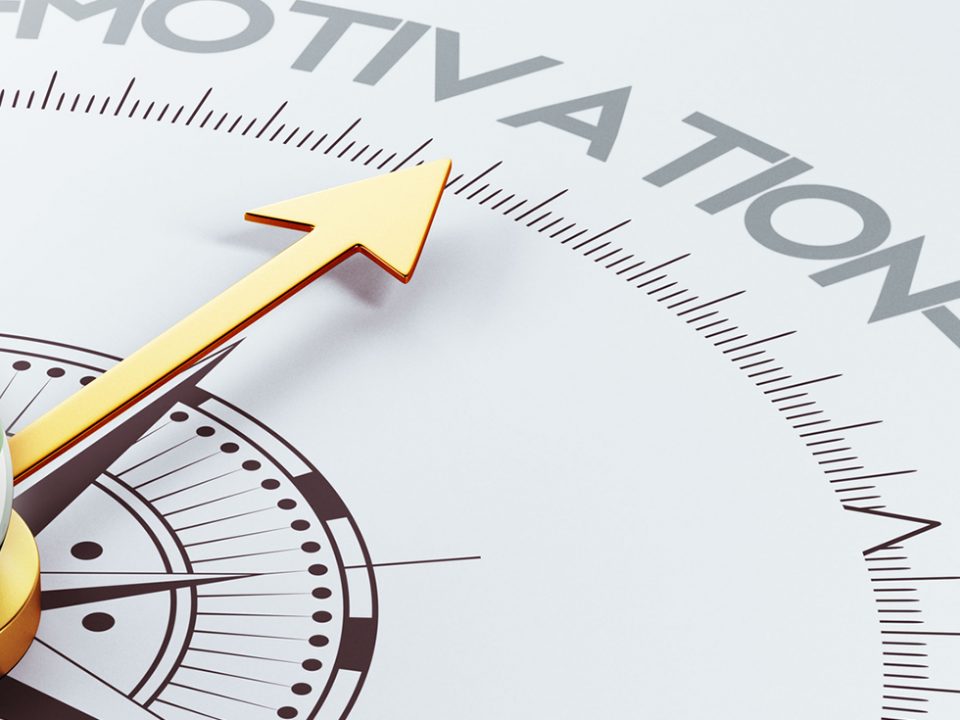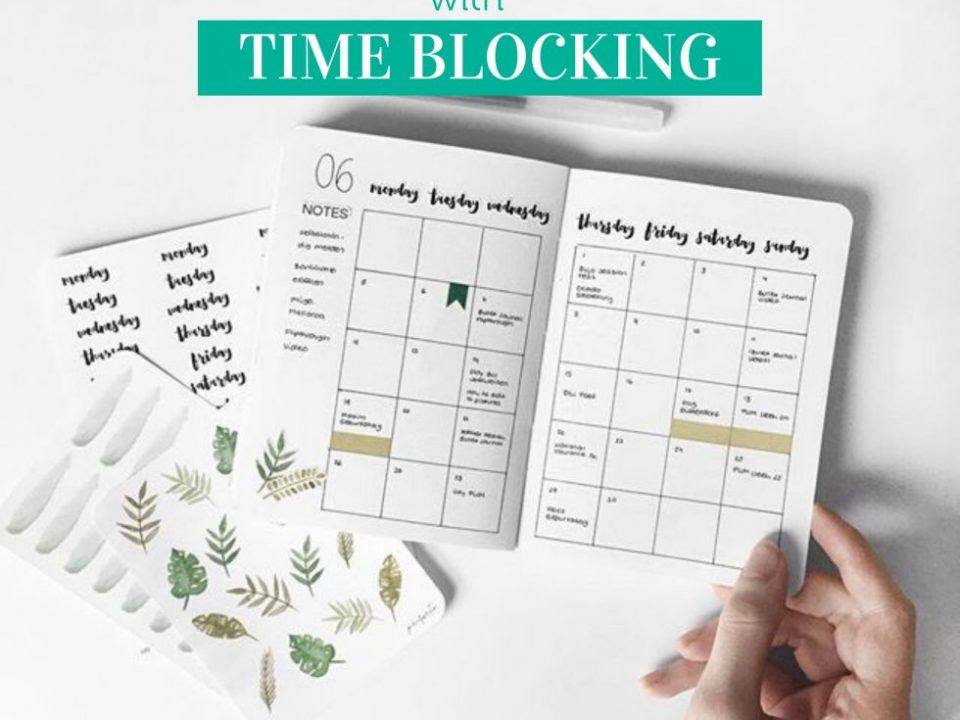
I can’t imagine that anyone wakes up in the morning and says, “Hey, I think I’ll be a victim in the story of my life today.” Yet, more often than not, our brain tricks us into taking on that exact role.
What? Our brain tricks us? Answer: Yes.
Question: Does that mean we need to outsmart it?
Answer: Yes, if you want to experience more balanced responses when you become emotionally triggered and to remain the hero of your own story.
What does it mean to be emotionally triggered?
Let’s take a quick trip back in time. At some point the oldest part of our brain, known as the amygdala, served us well. We were able to impulsively and quickly respond when emotionally triggered through a flight, fight or freeze response. Even in this day and age our amygdala still tries to protect us at all costs, but still confuses stress for life threatening situations. It stops our the newest part of our brain, the Prefrontal Cortex (PFC), or thinking brain, from receiving the information it needs to help us make good, balanced choices. When our amygdala isn’t experiencing stress, it communicates nicely with our PFC. When our PFC doesn’t receive the information it needs, it also isn’t able to communicate with our hippocampus or our mental “librarian”. The hippocampus stores and recalls our memories. When our amygdala kicks into overdrive, neither our PFC or our hippocampus get a chance to perform their jobs properly.
Have you ever…
had a meeting with someone that didn’t go well. Let’s say it is a colleague at work. After your upsetting conversation or disagreement, you get in your vehicle to drive home and don’t remember how you got from the office to your front door. What happened? Perhaps the conversation triggered anger or embarrassment for you or perhaps your values where challenged. Not remembering or not being in the present moment means your amygdala tricked you into zoning out by preventing your PFC from receiving the information it needed to help you deal with the negative experience in a better way.
When you’re emotionally triggered, your brain perceives that someone has taken or plans to take away an important need you have. Your brain goes into flight, fight or freeze mode. You might ruminate and replay the conversation over and over in your mind thus stopping you from being mindful and consciously aware of your surroundings.
What are your top emotional needs?
Common needs include: acceptance, respect, being liked, being understood, being needed, being valued, being in control, being right, being loved and feeling safe. Some needs are more important to you than others. If you’re not sure of your top emotional needs, you can complete a brief, free quiz at lifecoach.com.
Don’t stop the feels.
The goal for creating a more balanced response when you’re negatively emotionally triggered isn’t to ignore the emotion.
It’s important to identify and acknowledge what you’re feeling.
You can mentally say to yourself, “I know there is anger in me.” or “I can accept that I am experiencing intense anger or frustration right now.” Instead of feeling embarrassment or guilt for having a negative emotion, this is the time to hold the feeling in your awareness and stay open to it instead of trying to be stronger than the emotion. When you accept the emotion, you are able to create space around it. You have emotions, but you aren’t the emotion. The emotion isn’t permanent. It is here now and will fade away like ocean waves that crest and recede. You can mentally say to yourself, “This is a temporary feeling. I know it is here now. What need do I have as a result of the emotion I’m feeling?”
When you acknowledge and accept the emotion, you allow yourself the ability to witness it and trick your brain into allowing the PFC to receive the information it needs. You do this by being in the present moment and mindfully creating a pause before you react and allow your amygdala to impulsively trigger a response. This response could be an overwhelming urge in you to do something you know isn’t good for you. Perhaps you are an emotional eater, or drink more alcohol when negative thoughts trip up your amygdala. Maybe spending to excess is your response, These examples of emotional triggers are a reaction to a perceived or real unmet need. These emotionally triggered responses aren’t completely involuntary. You have the power to choose how best to respond, but it does take practice and lots of self reflection.
Practice through self reflection.
Think about your past experiences when you recall being emotionally triggered. What was the need you felt was being threatened? How did you respond? What might you have done differently? Did you ask for what you needed?
When you don’t deal with the threat of a need being unmet, your amygdala will rationalize whatever unhealthy response you chose in the moment in order for it to make sense to you. Through self reflection and being truly honest with yourself, you will be able to start identifying when your responses weren’t ideal or perhaps when they were hurtful to yourself or others. Don’t let your amygdala place you in victim mode. By accepting your emotion and witnessing the need you have by being in the present moment, you can allow messages to move from the amygdala to the prefrontal cortex and hippocampus thus allowing you the ability to shift your response to a more balanced one.
How do you stay present and exercise self compassion?
Start by recognizing the tension in your body. Breathe deeply several times and release the tension in your arms, shoulders, neck, back and and everywhere you feel it.
Then drop your awareness to the center of your body just below your navel. Next, offer yourself a kind wish that can become your go-to mantra. Examples of kind wishes include:
“May I be healthy. May I be happy. May I be free from suffering.”
“May I be filled with confidence.”
“May I be free from the compulsion to negatively react to this situation.”
The good news is that you and you alone are the hero of your story. You have the ability to control how you choose to respond. Stay present when you’re emotionally triggered and remember to be kind to yourself. Imagine what you might tell your best friend or a loved one who felt the way you do when emotionally triggered. Give yourself that the same level of compassion you offer those you hold most dear.



